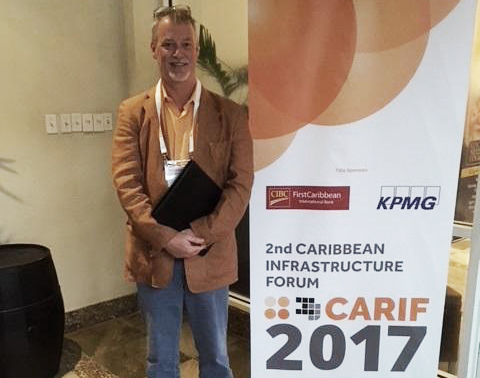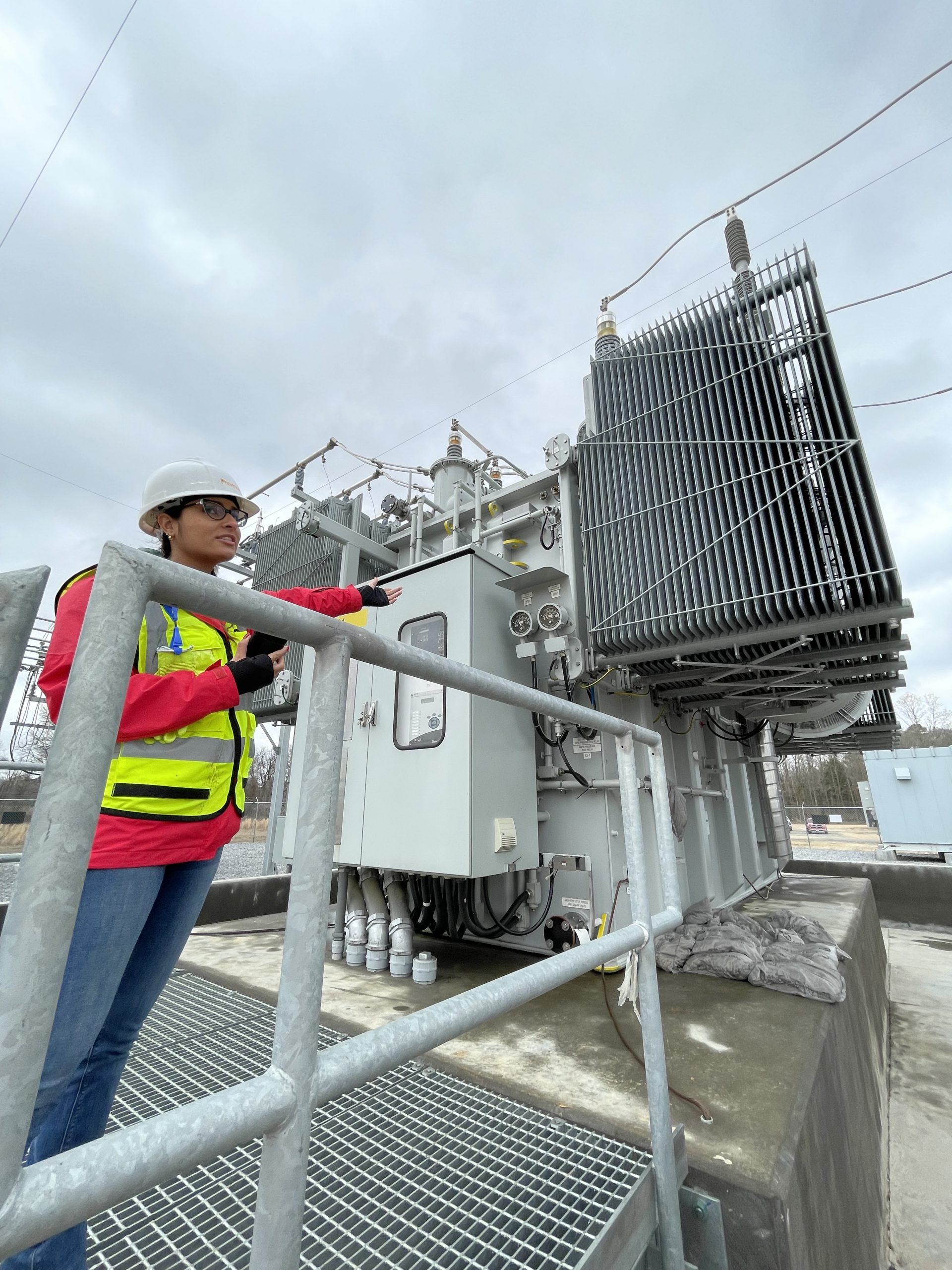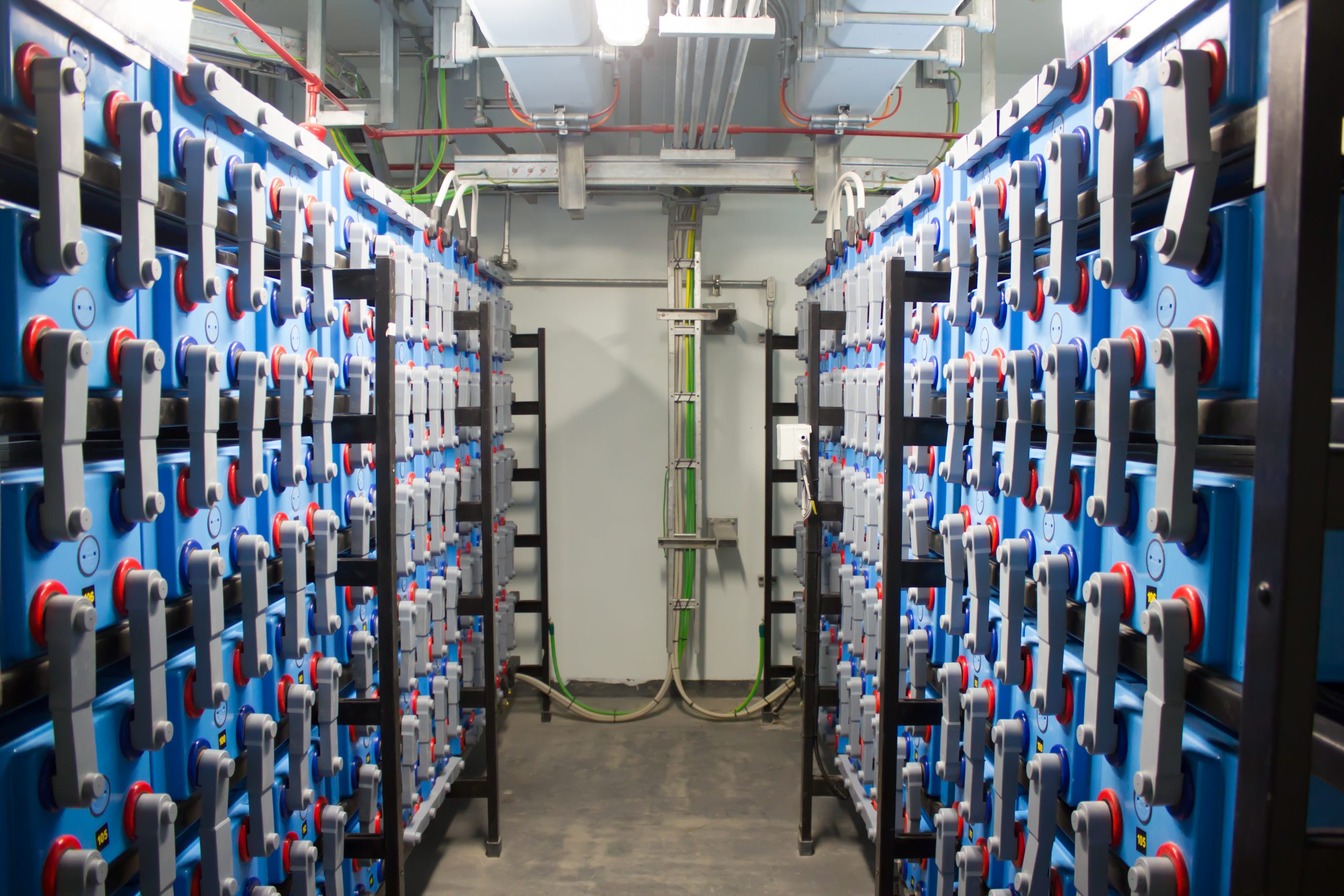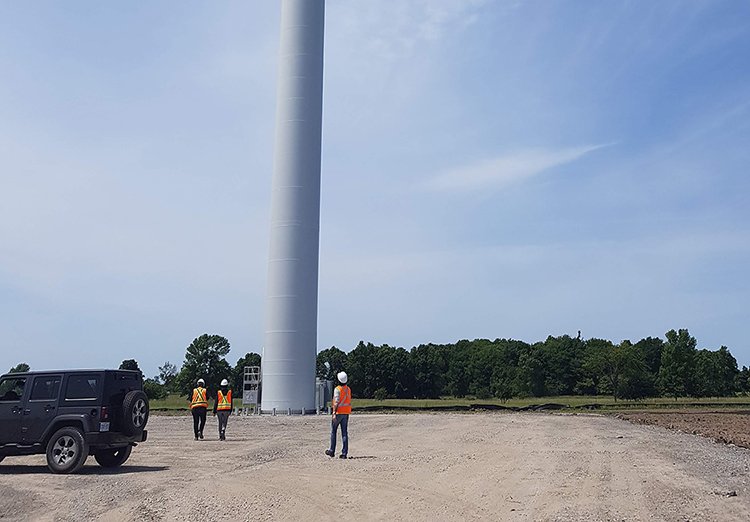2nd Caribbean Infrastructure Forum – CARIF 2017

The Caribbean Infrastructure Forum took place on December 11-12 at the Hilton Rose Hall Resort & Spa in Montego Bay, Jamaica. The forum had drawn heavily on the title sponsors’ -CIBC FirstCaribbean and KPMG- resources and their networks to broaden the reach and ensure its value to the region. Undoubtedly, CARIF 2017 was a central forum to address and promote the need for substantial investment in infrastructure in the Caribbean. This year, some of the most influential leaders participated in CARIF; among those, there were three Caribbean heads of state, Michael Lee-Chin of Portland Holdings, Stephen Beatty, Global Head of Infrastructure for KPMG, and Laurie Mahon, Managing Director & Co-Head of the Infrastructure Group at CIBC.
The Objectives
The objective was to promote interaction and exchange ideas. Therefore, the first panel considered the use of national infrastructure plans to develop public consensus and investor confidence. Participants shared views on the impact of shifting political sands in the Americas. They also discussed how investment in the region affects the market, as well as strategies for incorporating climate resilience and adaptation into planning. Another panel on Monday served as a broad guide to the public sector’s role in enabling infrastructure investment. Along with questions, it led to a dynamic and structured discussion between panelists.
- How can governments and public-sector institutions encourage inward investment through P3 projects?
- How do public sector decision makers view the risks and rewards of P3 projects?
- What new tools are available to help governments complete due diligence and advance the Caribbean infrastructure pipeline?
Speakers also talked about the private equity perspectives on investor and sovereign risk in the region and strategies for mitigation and discussed assessing relationships with new international sources of finance (such as Chinese development capital) and how these relationships are evolving in the region.
Another panel covered the vision of governments and utilities for incorporating LNG into the energy matrix and JPS experience in Montego Bay and the long-term outlook for LNG in the region. Old Harbour Bay Power and LNG, Jamaica was presented as a case study. Also, panelists answered what to do when the political situation in the US will impact the availability of cheap gas.
The First Day Of Caribbean Infrastructure Forum
The first day of the forum ended with panels on analyzing the comparative performance of various airport models, considering the broad spectrum of financing and operational models currently being engaged or assessed; opportunities in the pipeline for ports and related logistical infrastructure; balancing transparency and competitive tension in the procurement of government assets and maximizing the value of unsolicited bids; financing water, wastewater, and irrigation projects; and prioritizing climate resilience in infrastructure planning.
The Second Day Of Caribbean Infrastructure Forum
On the second day of the forum, panelists exchanged ideas on transitioning to utilities-driven renewable development. They also discussed what this shift implies for the pipeline and what the associated opportunities are for financing. One of the questions, panelists took the most time on was how the shift fits with NDC commitments and national energy planning and investment across the region. Hence, they highlighted the importance of assessing the potential for regional connection and other strategies to make projects more bankable.
The panel reviewed the results of KPMG’s regional Universal Health Coverage (UHC) survey. In fact, it identified common trends, best practices, and insights related to the United Nations’ goal of achieving UHC by 2030. The session referred to new models for affordable healthcare that result in improved health outcomes. CARIF 2017 was ended by cited the tourism and infrastructure connection. Also, speakers mentioned examples of successful partnerships in tourism-related infrastructure. Finally, they emphasized that without infrastructure there is no tourism industry; and without a tourism industry, there is no funding for infrastructure.



